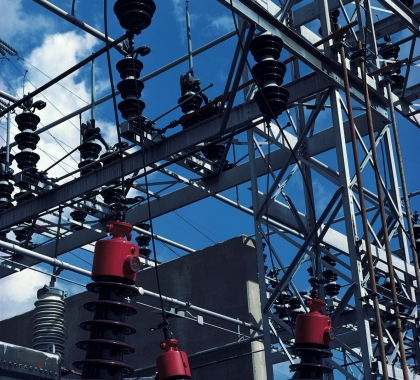The electric utility industry employs a fairly simple concept for maintaining reliability: utilities must ensure they have enough electric supply available to serve their total electric load and then have a required “cushion” of electric supply beyond their peak load.
Electricity is generated and consumed simultaneously in real time, so electric utilities and organizations responsible for coordinating the dispatching and transmission of electricity on the electric grid must ensure there is always an adequate supply of electricity to meet periods of peak electric demand. Utilities that participate in regional wholesale electricity markets must ensure they have enough resource capacity to cover their total electric load. This is known as “resource adequacy”.
Regional transmission organizations such as the Southwest Power Pool (SPP) and MidContinent Independent System Operator (MISO) have resource adequacy requirements that utilities must meet to help ensure reliability of the bulk electric grid.
In addition to utilities having to meet their respective resource adequacy requirement, they also are required to have a percentage of extra electric capacity beyond what is needed to meet peak demand. This extra capacity is known as reserve capacity. Having a built-in reserve capacity of electric supply provides for a “cushion” for situations that might require more electricity such as during power plant outages (planned or unplanned), unavailability of intermittent power resources (wind and solar electric generation) and transmission outages.
The SPP’s reserve capacity requirement is currently 12 percent for electric load-serving members, including the Municipal Energy Agency of Nebraska (MEAN). However, SPP will be gradually increasing it each year to hit 15 percent in 2025. Other regional transmission organizations in the U.S. have varying reserve capacity requirements, with most around 15 percent for their load-serving members. MEAN’s projected 2022 summer peak load in SPP is 156 megawatts.
Utilities obligated to serve electric load, along with regional transmission organizations, regularly review their respective resource supply situations to ensure they are meeting their resource adequacy and reserve capacity requirements.
Whether on a national, regional or utility scale, regularly assessing how much electric supply is available compared to how much is needed to meet demand at its highest peak, plus having adequate reserve capacity, helps to ensure the reliability of the nation’s electric grid.
Click here for a brochure by SPP regarding resource adequacy.

